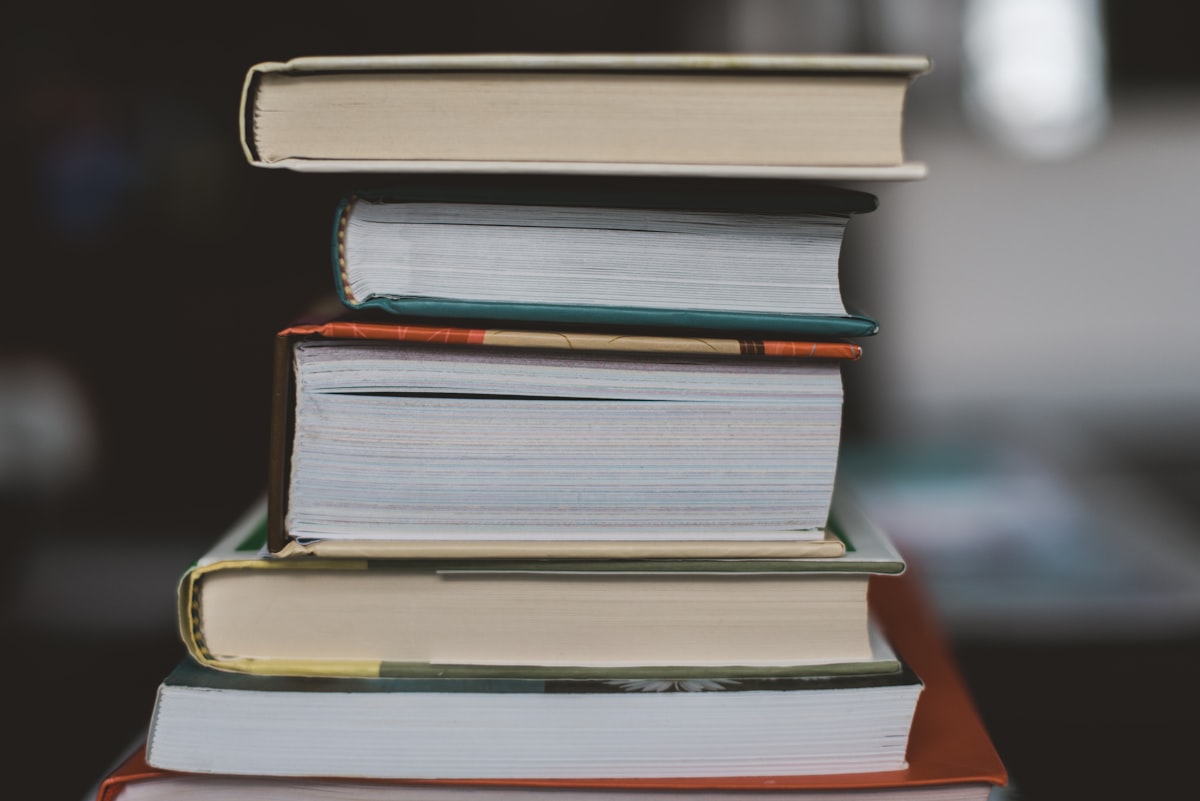Maximize your productivity: the power of Speed Reading

Hey people,
reading is everywhere; it's just as essential as writing when it comes to your vocabulary skills. It's by far the most efficient way to absorb information, and we all read daily. You don't even need books to read often, tasks at school or work, posts on the internet and other texts are all things we have to take in.
However, after we learned this necessary skill for life, we only improve very sparsely. Logically, improving in reading means just doing it faster, but I bet we all absorb a lot less if we go any faster than we're used to. That's not because we don't read enough, it's just like learning to write on a keyboard, it requires conscious effort to get faster.
It all comes down to eliminating bad habits we acquired from the start. When learning to increase your typing speed, you have to abandon your typing style and change it to touch typing. New bad habits can form even after learning the most efficient typing style. For instance, I only use the left shift, which decreases my potential heavily.
Just like the process of learning to type faster, you have to get rid of your old traditions and change to more efficient methods. On the contrary, though, this process would be less physical.
Step 1: reduce subvocalization
Subvocalization is the phenomenon of you vocalizing the words you read in your head. It's like reading out loud, but inside of you. This is a very common habit that does increase comprehension, but drastically decreases your speed. To explain further; when you vocalize everything you read, then you read approximately 250 words per minute at most.
There are some ways to decrease or even get rid of subvocalization. For example, using a pointer/tracker like a pen or your finger to guide your eyes as you read can really help to focus on the text and prevent you from subvocalizing. Furthermore, just reading fast enough will reduce subvocalization because higher speeds prevent you from also hearing them in your head.
Step 2: switching to more efficient eye movement
We all waste most of our reading speed in the way we “track” the words of the text we are looking at. The normal person would look at every word separately, from first to last. This is where a trick comes in that isn't easy to implement into your reading style.
The way we see includes a phenomenon called peripheral vision. If you look at a word, you can still recognize the words beside it. That's because your vision decreases from the center of your view, so you won't be able to read an entire line by just looking at the word in the center, but we can use this way of seeing to our advantage.
Method #1 – Reading in “Pairs”
The first method is as follows: don't look at words, but get used to looking into the space between them. You can read words in pairs and track much faster by reading this way.
Method #2 – “Skipping the margins”
In the second method, you read a page by not looking at the first word of a line and reading until your eyes reach the last. Instead, you actually skip the first word and look at the second instead and read until the second last word. When reading like this, you still recognize the first and last word, but don't move our eyes as much. After getting used to this method, you should be able to increase the words you skip that you end up skipping the first three or four words, which would make you a lot faster.

Method #3 – Combining
You can kind of combine method one and two by adapting to a reading style, that is completely dependent on peripheral vision. This means that you literally “jump” from two to three words per line. So, you would only look at the following bold words when reading a line.
This is an Example, if you have trained peripheral vision, you can read this fast.
Step 3: Reading a lot
This is obvious, but probably one of the most important things to keep in mind. Reading is a skill that needs practice just like playing an instrument and if you do it frequently enough whilst trying to push your reading speed, you can improve over time.
A thing many people worry about when reading faster is the comprehension. This is a problem when approaching higher speeds, but can be fixed. In general, when trying out the methods I just told you about, don't worry about understanding what you read at first. It's more significant to train your eyes to read at a high speed, so that when you switch to a text you want to understand deeply, you read a little faster than before because your comfortable reading speed was increased.

Anyway, if you're actually interested in this subject, then heavily consider checking out a speed reading course or doing more research. Having the possibility to double your reading speed without any loss of comprehension seems like such a superpower to me. Learning this at a young age will be useful for the rest of your life.
Maybe test your reading speed at this site?
Remember to have a wonderful Sunday!


